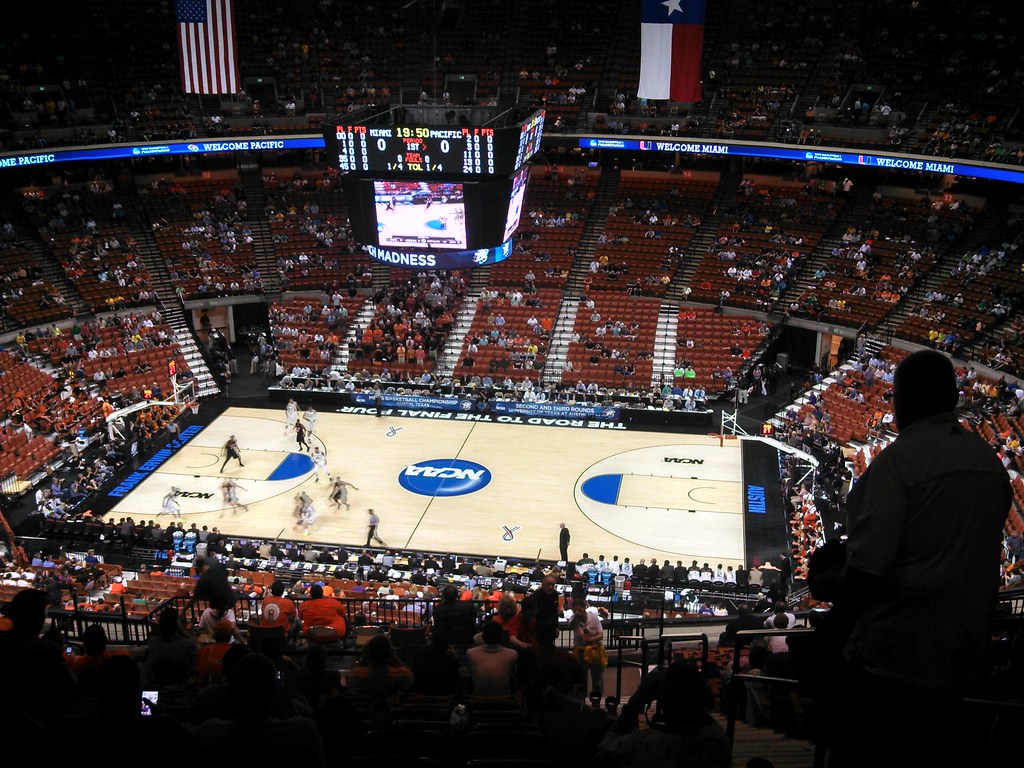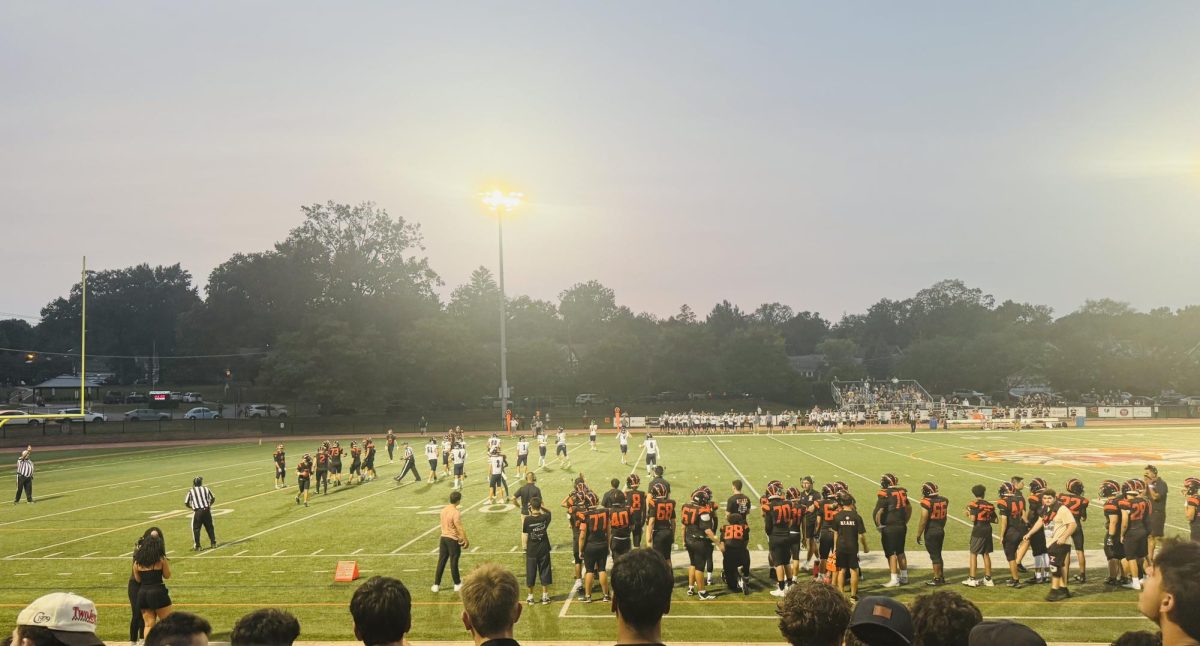March Madness. In a month filled with fury, drama, and upsets, this annual basketball tournament occurs between 68 chosen NCAA Division I college teams competing for the national championship. In a single-elimination tournament consisting of seven rounds, the tournament features renowned rounds known as the Sweet Sixteen, Elite Eight, Final Four, and the ultimate Championship round.
According to the NCAA, the first NCAA Division I men’s basketball tournament was played in 1939, only containing eight teams. However, through the years, the number of teams participating in the tournament grew, eventually reaching the current size of 64 teams in 1985. While the term ‘March Madness’ was first used as a basketball term by an Illinois high school official back in 1939, it became associated with the Division I NCAA tournament in the 1982 tournament, when broadcaster Brent Musburger used it during a CBS coverage.
Since then, March Madness has grown to become a fan-favorite and one of the most popular events in sports history. The popularity of March Madness is reasonable; with its win-or-go-home style in every game, each game of the tournament puts the fans into a rollercoaster of emotions throughout the games. It also gives fans an opportunity to root for their favorite colleges or alma maters, an experience exclusive to college-level sports.
But March Madness isn’t only known for the games and star players it brings, but also for its well-known practice of “bracketology,” where fans fill out a bracket predicting the outcome of the games. A 2023 report from the American Gaming Association found that over 56.3 million people have filled out at least one bracket, and Bodysbets predicted that 2024 could be the first year in the tournament’s history that over 100 million brackets were filled out across the U.S.
Some may ask why so many people fill out a bracket every year. The answer is simple: the chance of winning money. As the average bracket entry fee for the NCAA tournament is only about $20-$30 (depending on platforms), estimates report that a total of $2.4 billion dollars is wagered by betters on pools alone––almost twice as much as the amount of bets placed on the Super Bowl, according to CBS. Betters can receive returns from hundreds to thousands, and even more to millions. Such is Warren Buffet’s renowned “perfect bracket” challenge, which gives anyone predicting the outcomes of all 67 games correctly $1 billion. However, the odds of a perfect bracket are extremely slim––about one in 9.2 quintillion, a chance less than the probability of choosing a specific grain of sand on the entire Earth.
Alongside the bracketology, March Madness has become the most popular time of the year for sports bettors due to the prevalence of crazy upsets (a game where a lower seed defeats a higher seed). This creates a higher chance of winning big by betting correctly on an underdog. Other than simply betting on the outcome of a game, there are other niches in sports betting, such as betting on the over/under of the point totals of games, or betting with/against the spread. CNN estimated that 68 million people placed over $15.5 billion in bets on the men’s tournament in 2024.
March Madness is more anticipated than even professional playoff tournaments such as the NFL (football), NBA (basketball), and MLB (baseball) playoffs. Considering its popularity, it’s no surprise that March Madness brings in a large amount of revenue. According to CNBC, 75% of NCAA’s annual revenue comes from March Madness’s broadcasting deal with CBS and Warner Bros Discovery alone, from which the NCAA receives over $870 million.. Out of all collegiate-level sports run by the NCAA, only basketball and four other sports are profitable for the NCAA. Therefore, much of the revenue generated by March Madness is used to help run other, less TV-friendly college sports such as track and field, which does not profit nearly as much as basketball does. With the immense amount of income generated through the tournament, though, much of the money does go back to the basketball teams, especially those who win.
Much like the Super Bowl, the revenue from television advertisements plays a big role in the profitability of March Madness. With media commercial breaks at the 16, 12, 8, and 4 minute marks of each half, CNBC found that national TV ad spending during March Madness reached $1.32 billion in 2018. Comparing that to other sports in 2018, March Madness beat out the NBA, the MLB, and the CFP (College Football Playoff).
“You’ll notice for March Madness there are a ton of big corporate sponsors and there’s a main reason why,” CNBC reporter Eric Chemi said. “They’re getting that hard-to-reach demographic of young college-educated males who are actually watching TV. So many advertisers… struggle to reach those people… They’re hard to find, they’re hard to get on TV.”
The future of March Madness is bright for both basketball fans and the NCAA. March Madness viewership hit an all-time high in 2024, and has been on an upward trend since 2010. Considering that the league’s TV deals will continue to 2032, there will be no shortage of fans looking forward to March every year.















